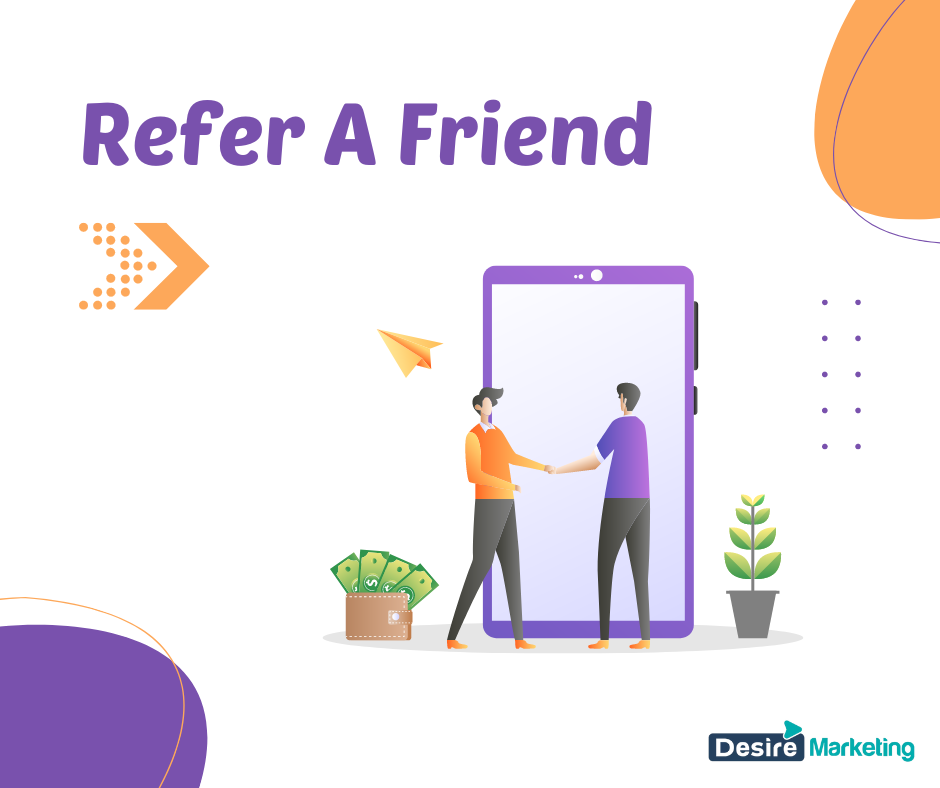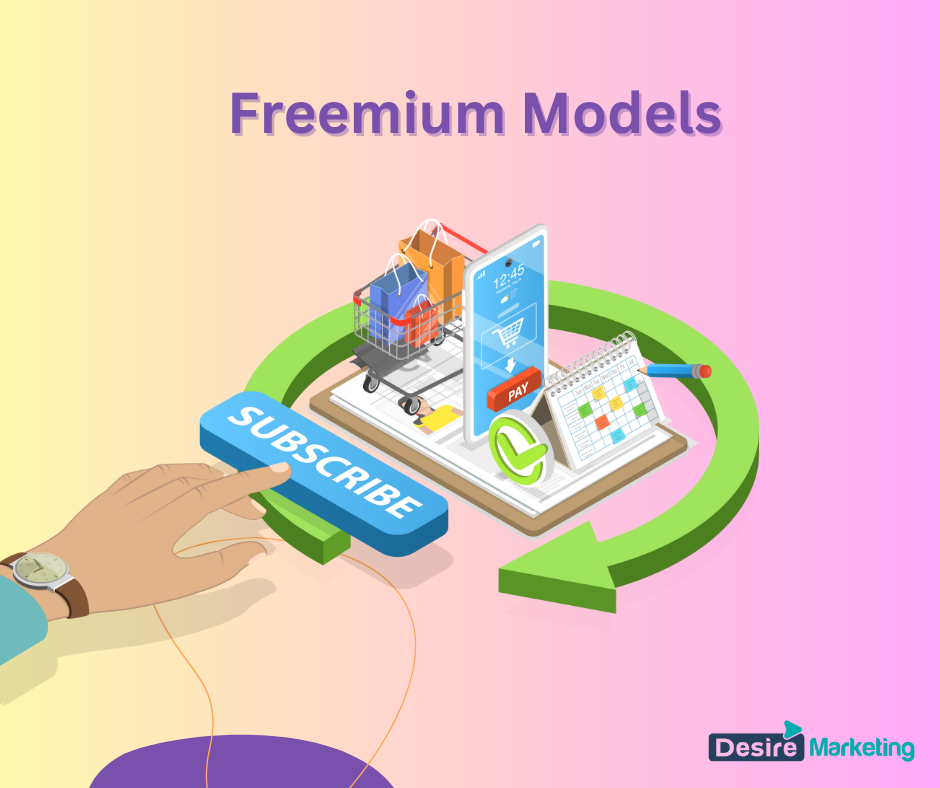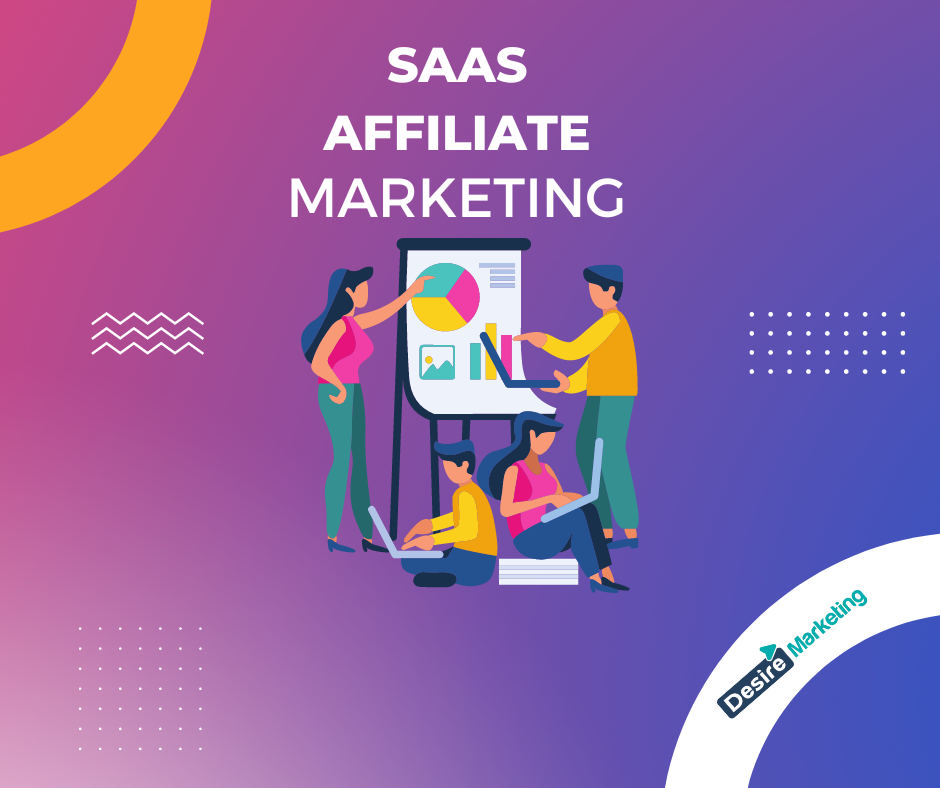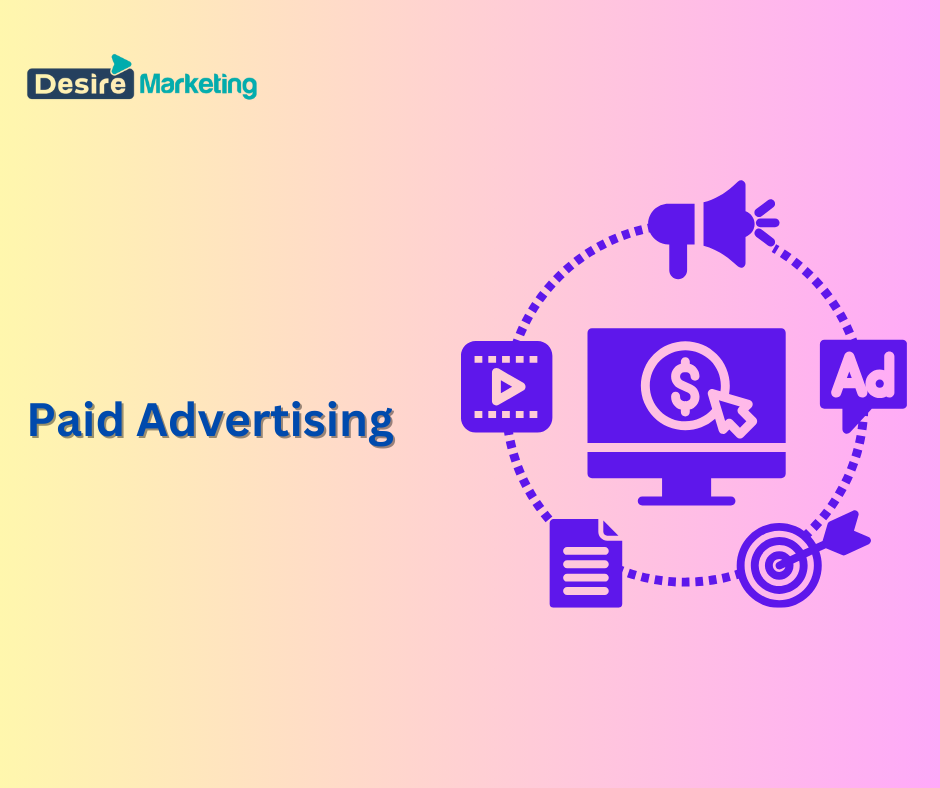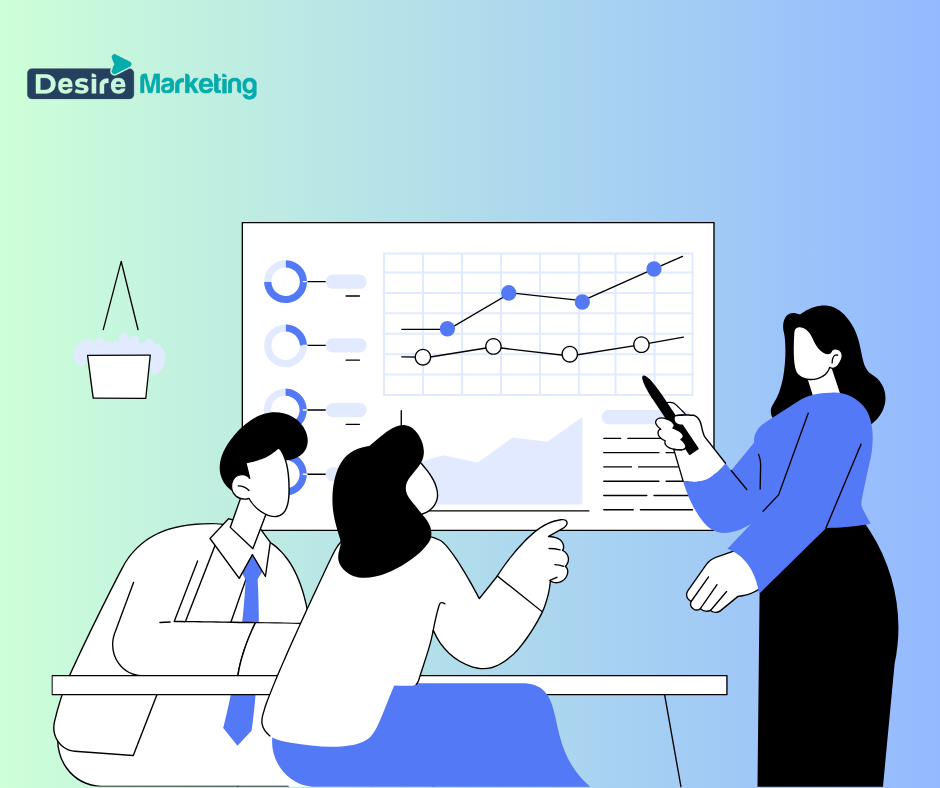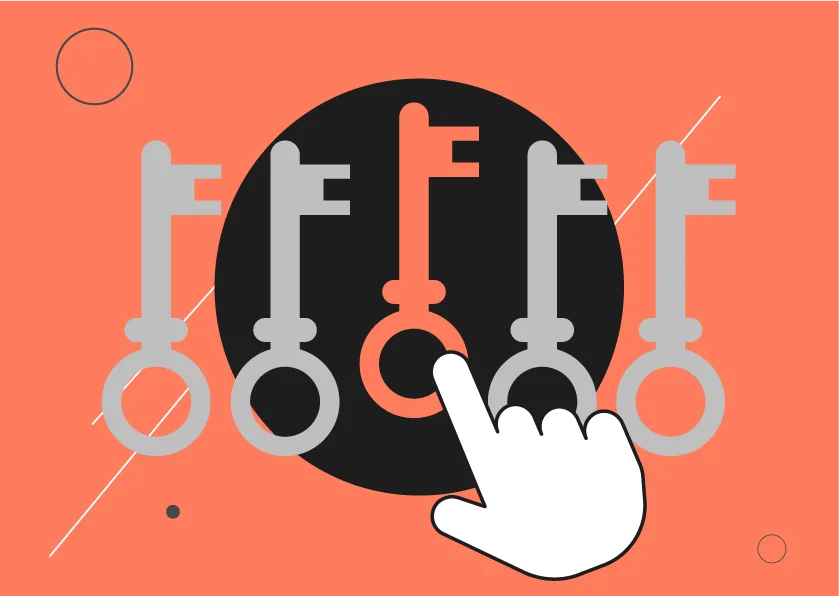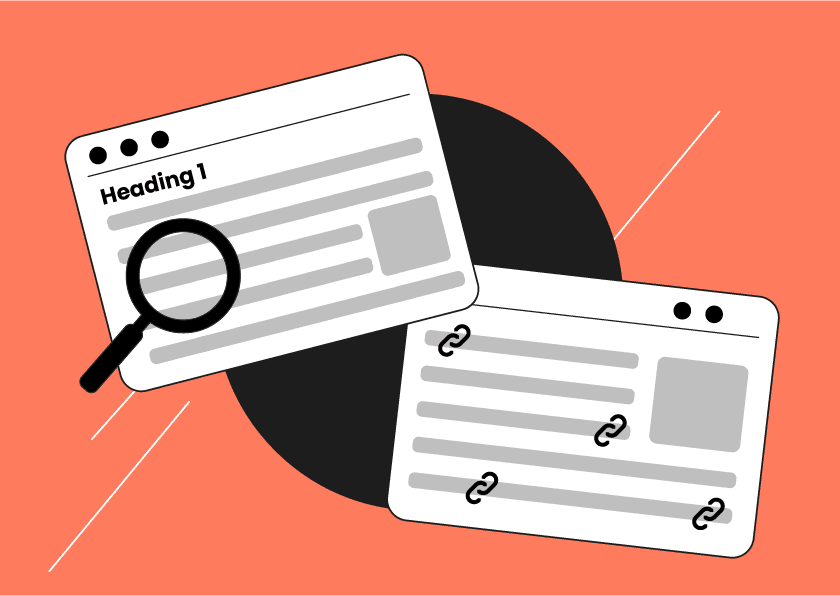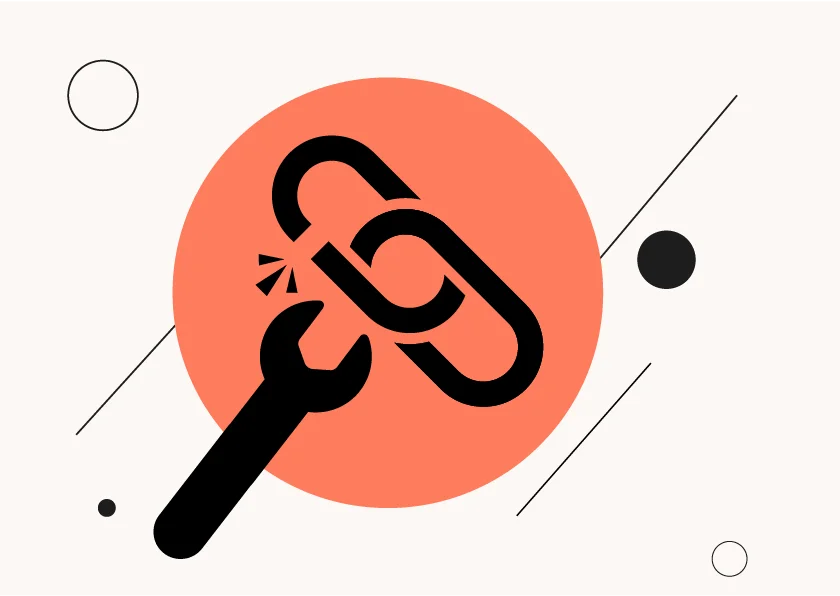The Software as a Service (SaaS) industry has been growing rapidly over the past decade. The global software as a service (SaaS) market size is projected to hit around USD 1,016.44 billion by 2032 from USD 276.11 billion in 2022, registering a CAGR of 13.92% during the forecast period 2023 to 2032.
However, with intense competition and new SaaS companies launching every week, SaaS growth no longer happens automatically.
You need strategic and innovative approaches called “growth hacks” to acquire, engage, retain and expand your SaaS customer base.
In this comprehensive guide, we will cover the top 10 SaaS growth hacking strategies to fuel your recurring revenue growth in 2024 and beyond.
Let’s start with understanding what SaaS growth means and why focusing on it is vital for your company’s success:
What is SaaS Growth?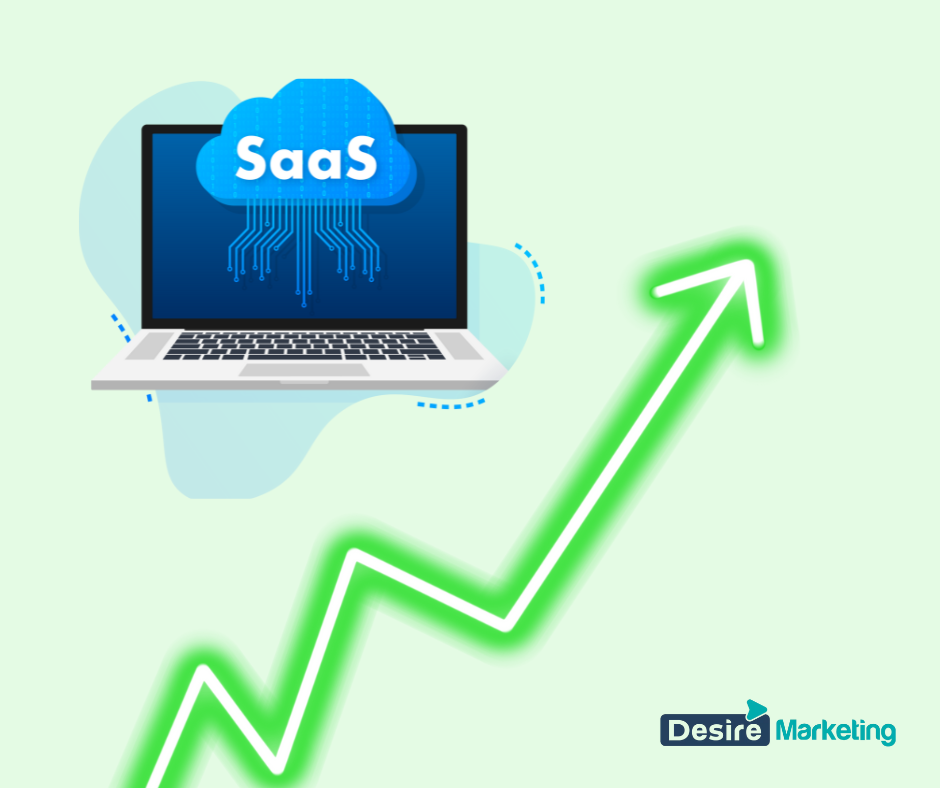
SaaS growth refers to the rate at which a SaaS business is acquiring new customers and generating revenue over a time period. Unlike traditional software, SaaS companies rely on recurring payments—making a robust SaaS billing platform essential for managing subscriptions and fueling continuous growth.
The key elements to track for SaaS growth include:
| Metric | Description |
| Customer Acquisition | Number of new customers in a time period |
| Monthly Recurring Revenue (MRR) | Total subscription revenue in a month |
| Net MRR Retention Rate | % of recurring revenue retained from existing customers |
| Logo Churn | % of customers that cancel their subscriptions |
| Average Revenue Per User (ARPU) | Average subscription revenue per user |
| Magic Number | Metric for sales efficiency as revenue vs expenses |
SaaS companies typically go through four key stages of growth:
- Initial Traction
- Scaling Revenue
- Optimizing Costs
- Maximizing Lifetime Value
Understanding which growth stage your SaaS is in allows you to focus on the right strategies, whether chasing new customers or retaining more revenue.
Why Growth Hacks are Critical for SaaS Companies
In the digital age, every software solution now faces competition from other tools trying to solve the same customer problem. Plus, with more affordable and scalable infrastructure like cloud computing, the barriers to launching a new SaaS product have come down.
This is why SaaS startups need to focus on growth hacking – a process of innovating rapidly and experimenting with marketing strategies to acquire and retain customers.
Here are some key reasons why growth is critical for SaaS companies:
- Funding and valuations: SaaS companies are often measured by growth indicators like the rate of customer acquisition, MRR expansion, and churn reduction. Faster growth directly impacts your fundraising potential and overall business valuation.
- Positive network effects: Growth metrics like daily active users, engagement ratios, and referral rates can directly influence more users to sign up via word-of-mouth or viral loops.
- Economies of scale: More customers allow you to optimize sales, support, and infrastructure costs over time. This improved efficiency can be invested back into acquiring more customers.
- Data-driven decisions: Faster subscriber growth means more data points from product usage, allowing you to make better decisions on which features to improve or market positioning to tweak.
Essentially, long term success for any SaaS company depends on relentlessly innovating and executing strategies to acquire, retain, and grow customers over time. For B2B SaaS providers, the ability to invest in customer acquisition stems from improved operational efficiency.
Now let’s get into the execution – the top 10 SaaS customer growth hacks you need to be testing in 2024.
1. Referral Programs
One of the most effective ways to grow your SaaS organically is by incentivizing your existing happy customers to refer your product to friends and contacts.
In fact, referred users have a 37% higher retention rate compared to non-referred users. The likelihood of them converting to a paying customer is also up to 30% higher.
Here are some strategies to build stellar referral campaigns:
- Offer generous rewards: Provide free services, extended trials, discounts or cash incentives to motivate referrals. For example, Dropbox offers free storage space for getting friends to sign up.
- Make it accessible: Add links, badges and reminders across your product interface to make it easy for users to refer at any time.
- Target influencers: Identify influential customers like experts and community leaders to advocate your product. Special rewards can persuade them to refer more actively.
- Personalize outreach: Sales reps can share referral links during onboarding or demos to turn satisfied users into brand advocates.
- Highfive happy users: Send small gifts or “high fives” to top advocates to further motivate referrals.
Metrics to track:
- Number of referral signups
- Referral conversion rate
- Revenue from referred users
- Referral incentive costs
A stellar referral program can exponentially increase subscribers while keeping acquisition costs low. Yet many customers won’t spread the word unless actively persuaded, making this an incredible but overlooked growth lever.
2. Freemium Models
The freemium model has been widely adopted by some of the largest and fastest growing SaaS companies like Slack, Mailchimp, and Canva.
As the name suggests, a freemium provides free access to the basic version of the SaaS product with limited features. The goal is to acquire customers at the top of the funnel and convert a % of them to paying subscribers by upselling additional features, storage space or support.
Some tips to optimize your freemium SaaS product:
- Limit key features: Hold back just enough value in higher plans so serious users find enough incentive to upgrade over time. Avoid limiting core workflows.
- Pitch benefits: Communicate clearly the extra perks and functionality that comes with paid plans rather than just feature differences.
- Offer premium support: Having better customer support for paid users enhances the value.
- Grandfather generously: Allow long-term free users to enjoy functionality they are used to, even if removed for newer users. This builds loyalty.
To assess effectiveness, closely track metrics like:
- Free to paid conversion rate
- Average revenue per user (ARPU)
- Ratio of free vs paid users
- Churn rate of paid users
The freemium model allows for incredibly efficient and scalable customer acquisition. But it needs continuous optimization of the conversion funnel to unlock the full business potential.
3. SaaS Affiliate Marketing
Affiliate marketing can be a powerful channel for SaaS customer acquisition by IT recruiting firm and partners who promote your product to their audiences in return for a revenue share.
When leveraged effectively, affiliates can drive high-intent users from niche markets or geos you would struggle to reach directly. Some also have loyal follower bases that convert reliably.
Here are some tips for running a profitable SaaS affiliate program:
- Recruit strategically: Target bloggers, SMB advisors, agencies, and complementary tools that align with your buyer personas. Offer 20-30% commissions to start.
- Simplify onboarding: Make it extremely easy for affiliates to sign up and access promotional assets like custom links, banners, and content.
- Drive value quickly: Share high-performing landing pages, ad copies, and creatives for affiliates to start campaigns faster. Offer A/B testing capabilities.
- Motivate top talent: Have tiered commissions, contests, rewards and recognition for affiliates who drive the most volume and value.
- Track meticulously: Use UTM codes and analytics to segment affiliate traffic. Track registrations, conversion rates, acquisition costs, lifetime values and other metrics religiously.
With commissions often exceeding sales and marketing costs for traditional channels, SaaS affiliate programs can efficiently scale pipelines and provide data-led acquisition insights.
4. Content-Led Growth
Content marketing is the process of consistently creating and distributing valuable, relevant, and engaging content to attract and retain a clearly defined audience in order to drive profitable action.
For SaaS companies, content marketing serves two key growth objectives – driving brand awareness and subscribers through owned channels, as well as acquiring links, social shares, and earned media placements to boost SEO.
Here are some proven content marketing strategies for SaaS growth:
- Build traffic hubs: Create pillar content pages and blogs focused on target buyer needs from each stage of the customer journey – awareness, consideration, and decision.
- Prioritize topics: Develop content around key challenges your product solves for personas rather than overtly promotional. Share insights, how-to guides, comparisons, and case studies.
- Diversify content types: Combine blogs, videos, podcasts, ebooks, webinars, courses and other formats matching the consuming preferences of buyers.
- Distribute aggressively: Repurpose content across email nurturing streams, social posts, paid ads, affiliate portals and outreach campaigns. Aim for omnichannel reach.
- Promote influencers: Have bloggers, experts and community leaders guest post on your platform. Syndicate their content for wider visibility.
- Track ROI: Set up UTMs to analyze lead quality, conversion rates and lower funnel impact across all content promotion channels.
SaaS companies like Mailchimp and Buffer have leveraged owned & earned content not just for brand building but also as a scalable and sustainable driver of qualified traffic & leads over time.
5. SEO and Organic Growth
SEO stands for Search Engine Optimization. It refers to the process of improving metrics like rankings, traffic and conversions from organic search engines like Google.
SEO can deliver remarkably effective growth for SaaS companies when done right:
- High intent users: People searching for keywords relevant to your product have high intent to purchase or subscribe. SEO traffic converts better.
- Lower CAC: Getting rankings for your brand and product terms means qualified traffic that is more likely to convert without additional advertising costs.
- Brand visibility: Ranking for commercial intent keywords associates your brand with solving those underlying customer issues. This builds trust and authority.
Here are some key SEO strategies for SaaS companies:
- On-page optimization: Make pages easy for search engines to crawl, index and understand through metadata, quality content and internal linking.
- Technical audits: Fix site errors, improve page speed and enhance security for better indexing and rankings.
- Link building: Earn backlinks from relevant industry websites to signal expertise and boost referral traffic.
- Keyword research: Expand ranking presence into buyer journey keywords your audience is searching most during awareness and consideration.
- Content promotion: Get more eyes on high-performing blogs and guides by outreaching to media sites and syndicating content.
Monitoring monthly organic traffic and rankings for target keywords will clearly reflect the business impact of your SEO initiatives. Those numbers should consistently trend upwards.
6. Paid Advertising
Paid channels like Google Ads, Facebook ads, Linkedin ads, display networks and more allow SaaS companies to get in front of their potential customers wherever they are online.
With detailed targeting capabilities, paid ads can enable you to:
- Drive brand awareness among prospective accounts
- Promote trial signups on key landing pages
- Remarket site visitors across channels
- Outreach specific decision makers
- Customize messaging for each funnel stage
Some best practices for leveraging paid ads:
- Obsess about ROI: Analyze conversion rates and calculate return on ad spend before aggressively scaling budgets.
- A/B test relentlessly: Experiment with different targeting methods, creatives, calls-to-action and landing pages.
- Expand incremental channels: Add new networks, ad formats and partnerships for tapping into untapped audiences.
- Integrate workflows: Sync your CRM, chat and analytics with advertising accounts while leveraging SKAdNetwork for more granular data.
7. Product-Led Growth
Product-led growth relies on using your actual product – the user workflows, in-app messaging and aha moments – to convert free signups into active, paying customers.
Some examples of product-led techniques:
- User onboarding: Guide users on key workflows with in-app tips, prompts, checklists and gamification.
- Feature announcements: Educate users on new capabilities through notifications, animations and tooltip walkthroughs.
- Self-service upsells: Use dashboard banners, popups and locked modules that motivate upgrades.
- Built-in virality: Lets users invite teammates, share files and integrate other platforms.
- Usage tracking: Identify adoption obstacles through behavior analytics to improve sticky product hooks.
To assess the effectiveness of product-led experiments, closely monitor metrics like:
- Signup to activation funnel conversion
- Retention rate after 30/60/90 days
- Feature adoption rates
- Viral coefficient per user
The product experience itself is the best sales tool – driving conversion, retention and expansion in an authentic, user-centric way.
8. Growth-Driven Design
Growth-driven design means using qualitative customer interviews and quantitative analytics data to drive product design decisions, aimed at improving key conversion and engagement metrics.
Some examples of design changes driven by growth data:
- Simplified onboarding flows: Removing steps from trial signup based on dropoff rates.
- Enlarged call-to-action buttons: Resizing key buttons that users click most across app.
- Refined UX copy: Changing instructions or testimonials that improve activation rate.
- New navigational elements: Adding menus, links or visibility based on usage frequency.
- Visual hierarchy changes: Drawing attention to features seeing faster adoption.
To implement growth-driven design, SaaS teams need tight iteration cycles fueled by data:
- Continuously study customer behavior through product analytics, session recordings, surveys and user testing.
- Capture ideas, form hypothesis and rapidly build minimum viable designs based on findings.
- Release tweaks as micro-experiments across web, mobile and other platforms.
- Analyze impact on target metrics like new trials, retention, or feature adoption.
- Double down on experiments that shift numbers, while discarding ones that don’t.
Rapid qualitative and quantitative learning regarding users translates directly into better product experiences and business growth.
9. Customer Advocacy
Loyal and vocal customer advocates can be invaluable growth drivers for SaaS through referrals, testimonials, and third-party credibility.
Some best practices for cultivating customer advocacy:
- Identify ideal advocates: Look for early adopters, respected experts and power users who exhibit trust and influence among peers.
- Incentivize referrals: Offer existing happy customers rewards or discounts for direct introductions and referrals.
- Nurture with content: Send custom content like new feature guides to advocates to keep them engaged. Request feedback.
- Co-create content: Interview advocates for client success stories, guest blog posts and co-bylined content to highlight their expertise.
- Reduce friction to share: Enable one-click options to tweet, like or share positive product feedback on social media.
- Leverage testimonials: Publish video testimonials prominent on your home page, product pages and sales materials.
- Send swag: Surprise top advocates periodically with gift boxes, handwritten notes or donations to causes they care about.
Tracking metrics like Net Promoter Score (NPS), testimonial conversions and repeat referrals allows you to double down on customer advocacy programs seeing traction.
10. Account-Based Marketing
Account-based marketing (ABM) refers to strategically targeting high-value accounts by coordinating personalized outreach across multiple channels.
Instead of casting a wide net, ABM allows SaaS companies to focus sales, marketing and success teams on landing and expanding key enterprise customers:
- Identify ideal accounts: Profile target companies based on known use case alignment, buying power and growth potential.
- Map stakeholders: Uncover key decision makers across an account and their role in purchase processes.
- Personalize messaging: Craft tailored value propositions and campaigns that resonate with each account and contact.
- Execute orchestrated campaigns: Coordinate customized email drip sequences, direct mail, phone cadences, digital ads and field events.
- Continually expand and optimize: Add more target accounts and contacts over time. Experiment with the optimal mix of content and channels for driving conversions.
Because ABM focuses on enterprise deals with lengthy sales cycles, metrics are based more on pipeline velocity and deal sizes rather than customer volume:
- Sales accepted lead growth
- Average deal size
- Time-to-close
For SaaS companies focused on landing more enterprise customers, ABM can align organizations around the right accounts and accelerate complex selling.
Wrap Up
There we have it – the top 10 growth hacking strategies that leading SaaS companies use to fuel customer acquisition, activation, retention and expansion.
Here’s a quick recap:
- Referral programs create organic ambassadors
- Freemium models enable frictionless onboarding
- Affiliate marketing allows you to leverage external partnerships
- Content marketing establishes your expertise and brand
- SEO drives qualified organic traffic
- Paid ads get your product in front of buyers
- Product-led growth converts users faster
- Growth-driven design uses data to optimize experiences
- Customer advocacy builds authentic word-of-mouth
- Account-based marketing focuses sales efforts on key accounts
While all these growth tactics can work, the key is to continually A/B test new variations and combinations for your SaaS business.
Experiment with the strategies showing the most potential based on your product, customers and business model. Tracking metrics diligently will reveal which growth levers to double down on.
Over time, successful user acquisition, engagement and expansion will translate directly into explosive recurring revenue and enterprise value.
